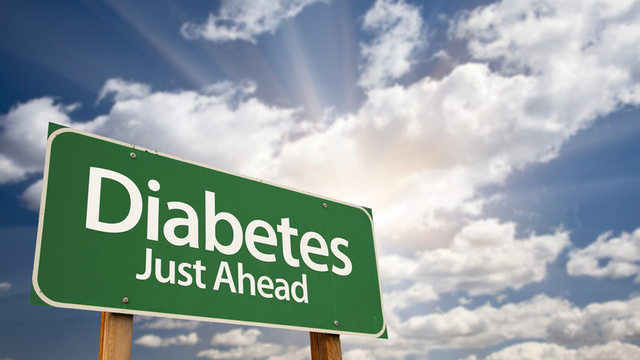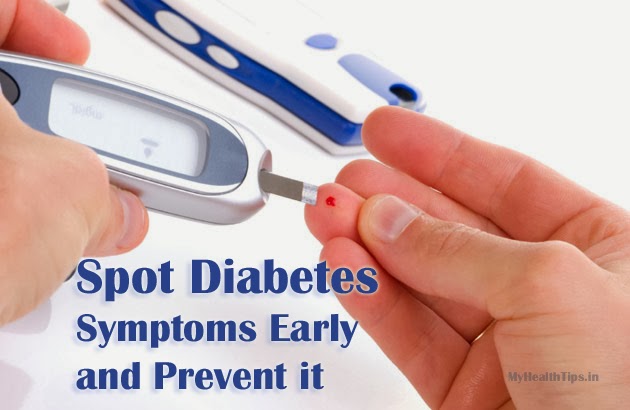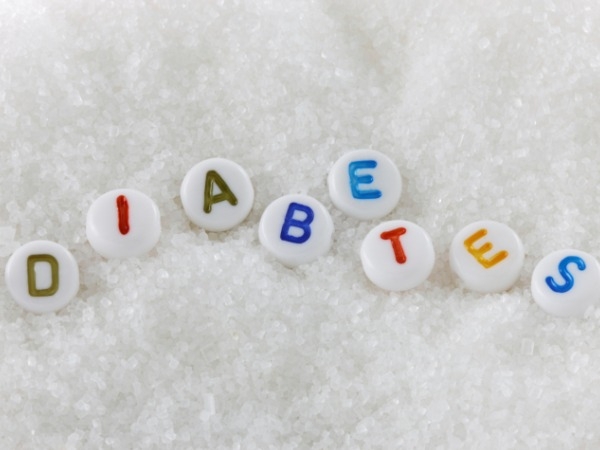Type 1 Diabetes is an auto immune disease that destroys the insulin producing cells of the pancreas. Type 1 Diabetes used to be called juvenile diabetes because it usually struck people under 20. In type 1 diabetes, the beta cells of the pancreas produce little or no insulin, the hormone that allows glucose to enter body cells. Once glucose enters a cell, it is used as fuel.
Type 1 Diabetes is largely inherited.
Without adequate insulin, glucose builds up in the bloodstream instead of going into the cells. The body is unable to use this glucose for energy despite high levels in the bloodstream, leading to increased hunger.
In addition, the high levels of glucose in the blood causes the patient to urinate more, which in turn causes excessive thirst. Within 5 to 10 years after diagnosis, the insulin-producing beta cells of the pancreas are completely destroyed, and no more insulin is produced making people with type 1 insulin dependent.
Type 1 diabetes can occur at any age, but it usually starts in people younger than 30. Symptoms are usually severe and occur rapidly.
The exact cause of type 1 diabetes is not known. Type 1 diabetes accounts for 3% of all new cases of diabetes each year. There is 1 new case per every 7,000 children per year. New cases are less common among adults older than 20.
The result is Type 1 Diabetics are hungry all the time trying to make up for the shortfall of insulin. Amazingly though since the body cannot process the nutrients weight loss is symptomatic along with extreme thirst and excessive urination. The kidneys try to process the excess glucose to balance things out. Weakness is another symptom.


